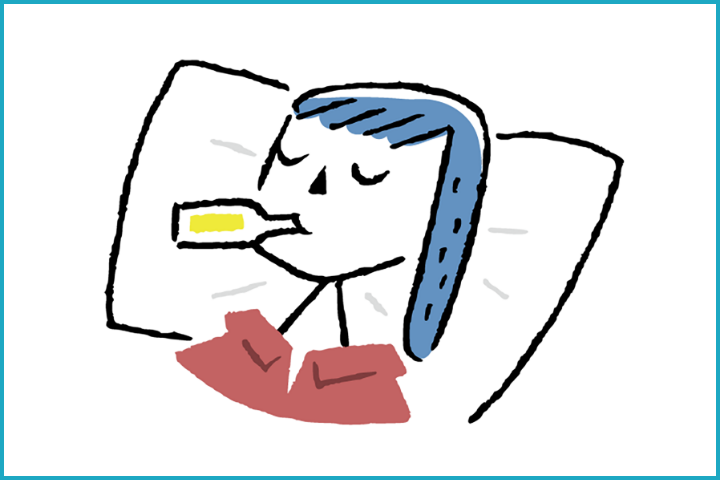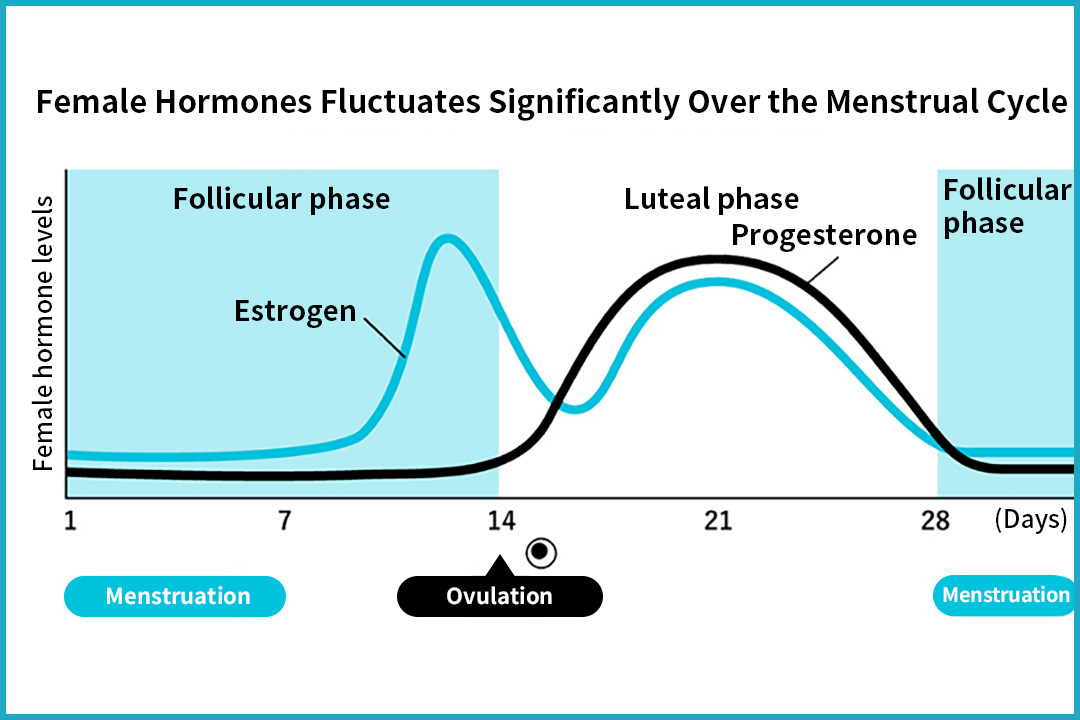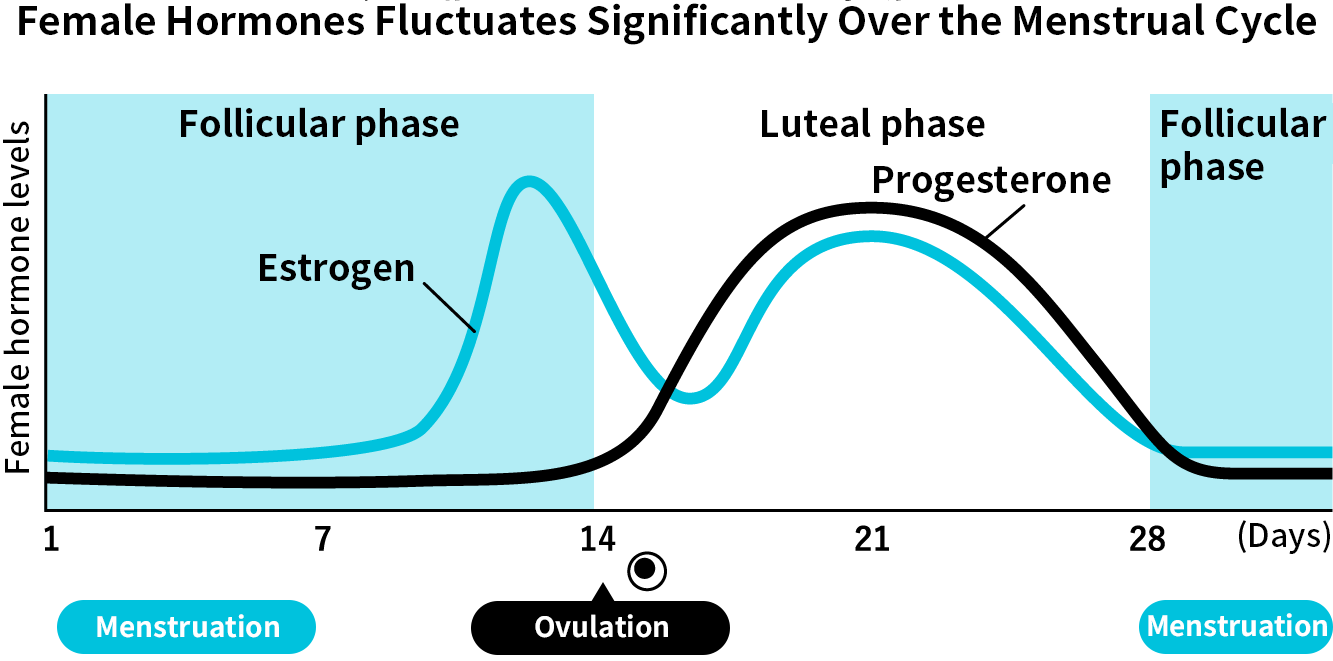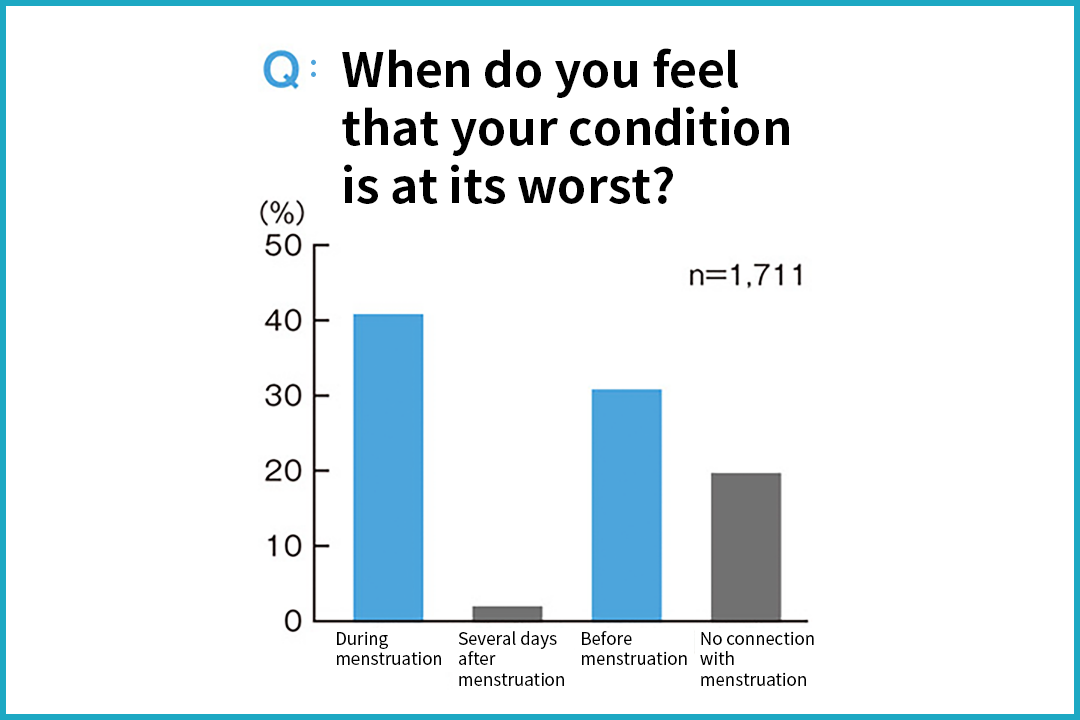
CONDITIONING
Fundamentals of the Menstrual Cycle Learn About the Mechanisms of the Menstrual Cycle

Menstruation: we think we know all about it, but we don’t. For female athletes, learning about menstruation is essential for conditioning. In this article, we will explain the mechanisms of the menstrual cycle.
The Two Female Hormones Estrogen and Progesterone Are the Leading Players in the Menstrual Cycle
The word “menstruation” derives from the Latin and Greek for “moon” and “month.” In an echo of the approximately 29.5 days that the moon takes to wax and wane, menstruation, too, repeats on a cycle of 25 to 38 days.
The menstrual cycle is the number of days from the start of a woman’s period to the day before her next period begins. There are two key points within this cycle. The first of these is ovulation, and the second is the point at which menstruation begins.
Ovulation refers to the release of an ovum from a mature follicle. The released ovum is picked up by one of the fallopian tubes, and travels slowly to the uterus. If the egg encounters sperm in the uterus, conception can occur, but if sperm is not present, the egg will be discharged together with the uterine lining and menstruation will begin. Ovulation occurs right in the middle of the menstrual cycle (at day 14, for someone with a 28-day cycle).
The menstrual cycle can be divided into two phases on either side of ovulation: the follicular phase and the luteal phase. Estrogen plays an important part in the follicular phase, while progesterone has a significant impact on the luteal phase. The fluctuation of female hormones causes not only physical but also various mental changes. Progesterone in particular can be a cause of poor physical health prior to menstruation, and should therefore be kept in mind by athletes for conditioning.

Follicular Phase
The period in which one of the follicles in an ovary matures. As the follicle matures, the body releases extra estrogen and the uterine lining gradually thickens.
Luteal Phase
Once the ovum has been released, the follicle develops into a structure called the corpus luteum, and progesterone is released. Growth of the uterine lining ceases, and it softens in order to facilitate implantation of a fertilized egg. Body temperature increases in preparation for pregnancy, meaning that some women may feel unwell during this phase.
